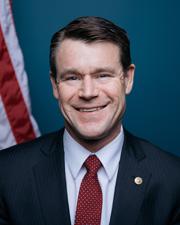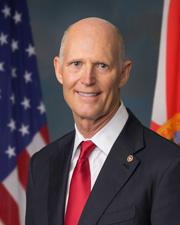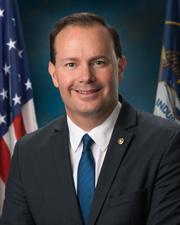0
0
0
Federal Reserve Transparency Act of 2024
2/1/2024, 9:15 PM
Summary of Bill S 3566
Bill 118 s 3566, also known as the Federal Reserve Transparency Act of 2024, is a piece of legislation introduced in the US Congress. The main purpose of this bill is to increase transparency and accountability within the Federal Reserve, which is the central banking system of the United States.
The bill requires the Federal Reserve to undergo an audit by the Government Accountability Office (GAO) on an annual basis. This audit would include a review of the Federal Reserve's monetary policy decisions, its balance sheet, and its operations. The results of the audit would then be made available to the public, increasing transparency and allowing for greater oversight of the Federal Reserve's activities.
Supporters of the bill argue that increased transparency within the Federal Reserve is necessary to ensure that the central bank is acting in the best interests of the American people. They believe that the public has a right to know how the Federal Reserve is making decisions that impact the economy. Opponents of the bill, however, argue that the Federal Reserve should remain independent and free from political interference. They worry that increased oversight could undermine the Federal Reserve's ability to make decisions based on economic data and analysis, rather than political pressure. Overall, the Federal Reserve Transparency Act of 2024 aims to strike a balance between transparency and independence within the Federal Reserve. It will be interesting to see how this bill progresses through Congress and what impact it may have on the operations of the Federal Reserve.
The bill requires the Federal Reserve to undergo an audit by the Government Accountability Office (GAO) on an annual basis. This audit would include a review of the Federal Reserve's monetary policy decisions, its balance sheet, and its operations. The results of the audit would then be made available to the public, increasing transparency and allowing for greater oversight of the Federal Reserve's activities.
Supporters of the bill argue that increased transparency within the Federal Reserve is necessary to ensure that the central bank is acting in the best interests of the American people. They believe that the public has a right to know how the Federal Reserve is making decisions that impact the economy. Opponents of the bill, however, argue that the Federal Reserve should remain independent and free from political interference. They worry that increased oversight could undermine the Federal Reserve's ability to make decisions based on economic data and analysis, rather than political pressure. Overall, the Federal Reserve Transparency Act of 2024 aims to strike a balance between transparency and independence within the Federal Reserve. It will be interesting to see how this bill progresses through Congress and what impact it may have on the operations of the Federal Reserve.
Read the Full Bill
Current Status of Bill S 3566
Bill S 3566 is currently in the status of Bill Introduced since January 10, 2024. Bill S 3566 was introduced during Congress 118 and was introduced to the Senate on January 10, 2024. Bill S 3566's most recent activity was Read twice and referred to the Committee on Banking, Housing, and Urban Affairs. as of January 10, 2024
Bipartisan Support of Bill S 3566
Total Number of Sponsors
1Democrat Sponsors
0Republican Sponsors
1Unaffiliated Sponsors
0Total Number of Cosponsors
20Democrat Cosponsors
0Republican Cosponsors
20Unaffiliated Cosponsors
0Policy Area and Potential Impact of Bill S 3566
Primary Policy Focus
Finance and Financial SectorPotential Impact Areas
- Taxation
Alternate Title(s) of Bill S 3566
Federal Reserve Transparency Act of 2024
Federal Reserve Transparency Act of 2024
A bill to require a full audit of the Board of Governors of the Federal Reserve System and the Federal reserve banks by the Comptroller General of the United States, and for other purposes.
Comments
Sponsors and Cosponsors of S 3566
Latest Bills
Western Wildfire Support Act of 2025
Bill S 91December 10, 2025
Water Rights Protection Act
Bill HR 302December 10, 2025
Intelligence Authorization Act for Fiscal Year 2026
Bill HR 5167December 9, 2025
FISH Act of 2025
Bill HR 3756December 9, 2025
ePermit Act
Bill HR 4503December 9, 2025
Strengthening Agency Management and Oversight of Software Assets Act
Bill HR 5457December 9, 2025
Department of Defense Appropriations Act, 2026
Bill HR 4016December 9, 2025
Unlocking our Domestic LNG Potential Act of 2025
Bill HR 1949December 9, 2025
A joint resolution providing for congressional disapproval under chapter 8 of title 5, United States Code, of the rule submitted by the Bureau of Land Management relating to "National Petroleum Reserve in Alaska Integrated Activity Plan Record of Decision".
Bill SJRES 80December 9, 2025
Roadless Area Conservation Act of 2025
Bill S 2042December 9, 2025
Federal Reserve Transparency Act of 2023
Bill HR 24February 1, 2024





